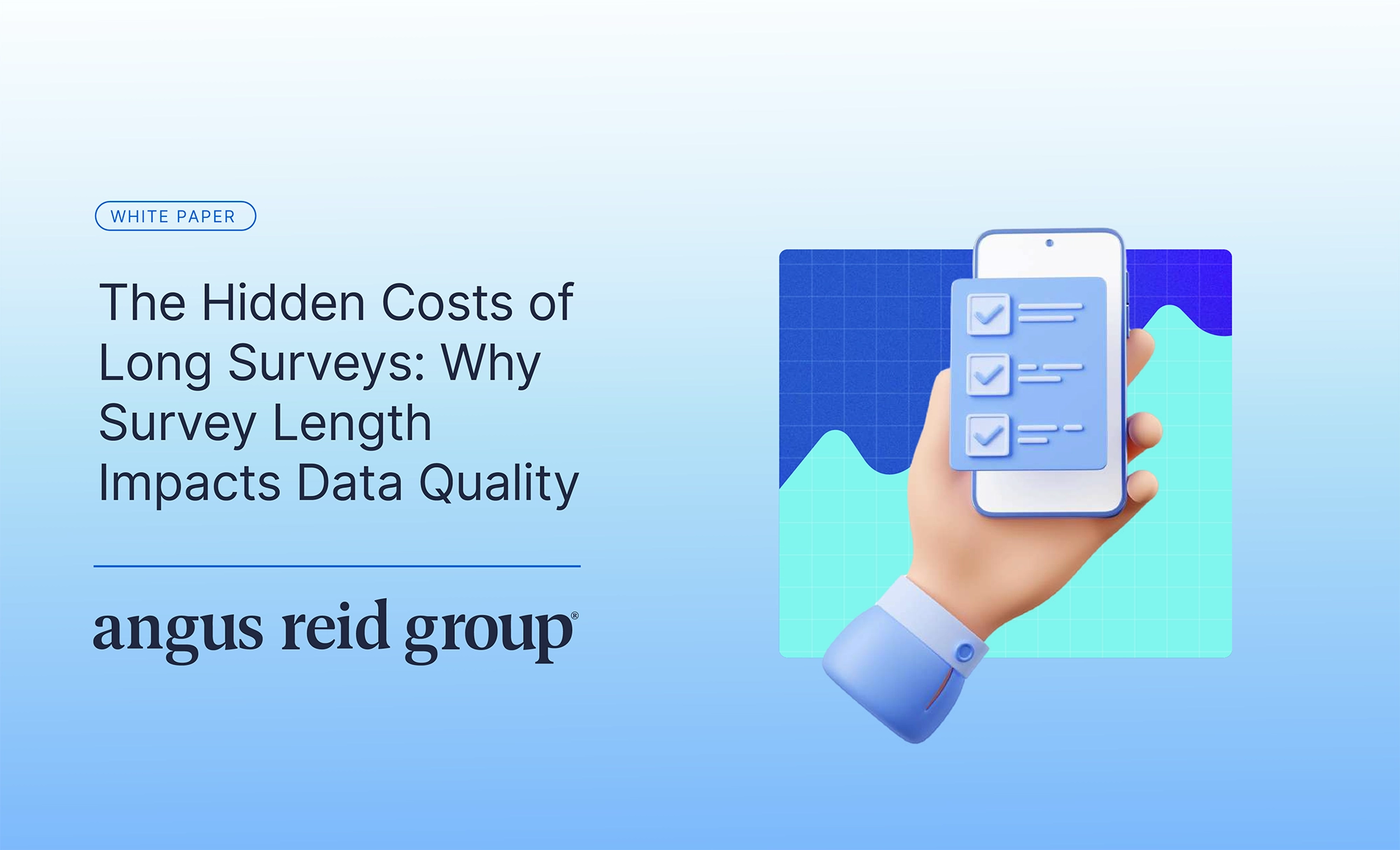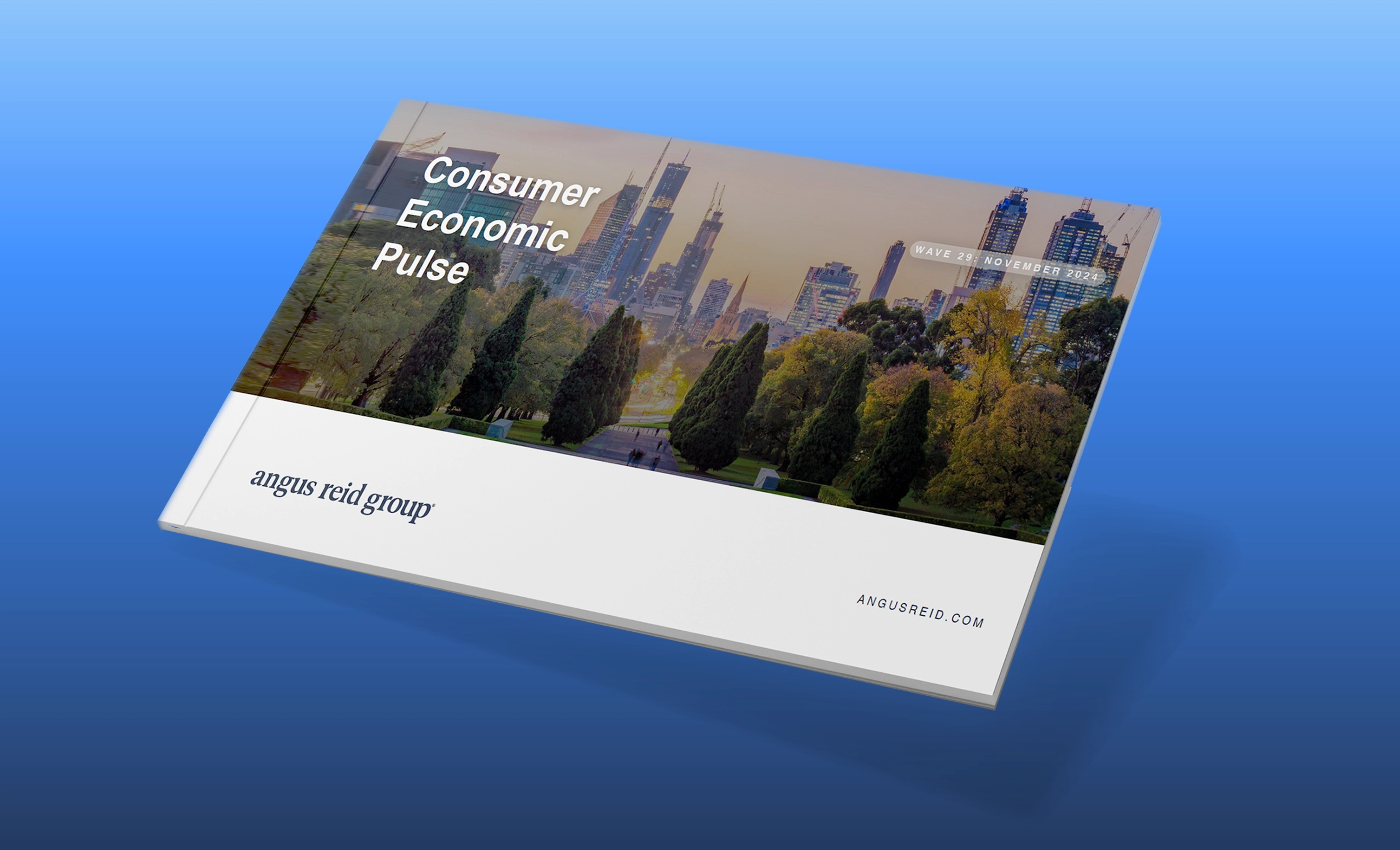 Article
ArticleMotivational Pathways
Insight Communities
Qualitative Solutions
Omnibus
Wisdom of the Crowd
System 1
Market Segmentation

Discover how we apply our bespoke solutions to the unique challenges of your industry.
Research solutions tailored for the unique needs of your business.
Technology & Telco
Charitable & Non-Profits
Lottery & Gaming
CPG & Retail
Government & Public Institutions
Technology, Media & Entertainment
Financial Services
Travel & Tourism
Advertising & Media

Explore the bespoke solutions our sector specialist rely on to uncover actionable insights.
Tailored insights that speak directly to your business challenges.
About Us
Learn about the Angus Reid Group
Our Team
Learn about our leadership team
Careers
Work with Angus Reid
News + PR
News coverage and press releases
Contact us
Let's have a conversation

Angus Reid Group is one of the most recognized and reputable names in market research.
Think you have what it takes to work with the best?
Market Assessment
Public Opinion & Motivation
Product & Service Development
Customer Experience (CX) Research
Creative Performance
Brand

Learn how our expertise shapes the highly specialized solutions we offer of clients.
Benefit from research strategies crafted to address the unique dynamics of your industry.
Blog
Case Studies
Resources
White Papers, E-Books, Reports, Infographics & Articles




